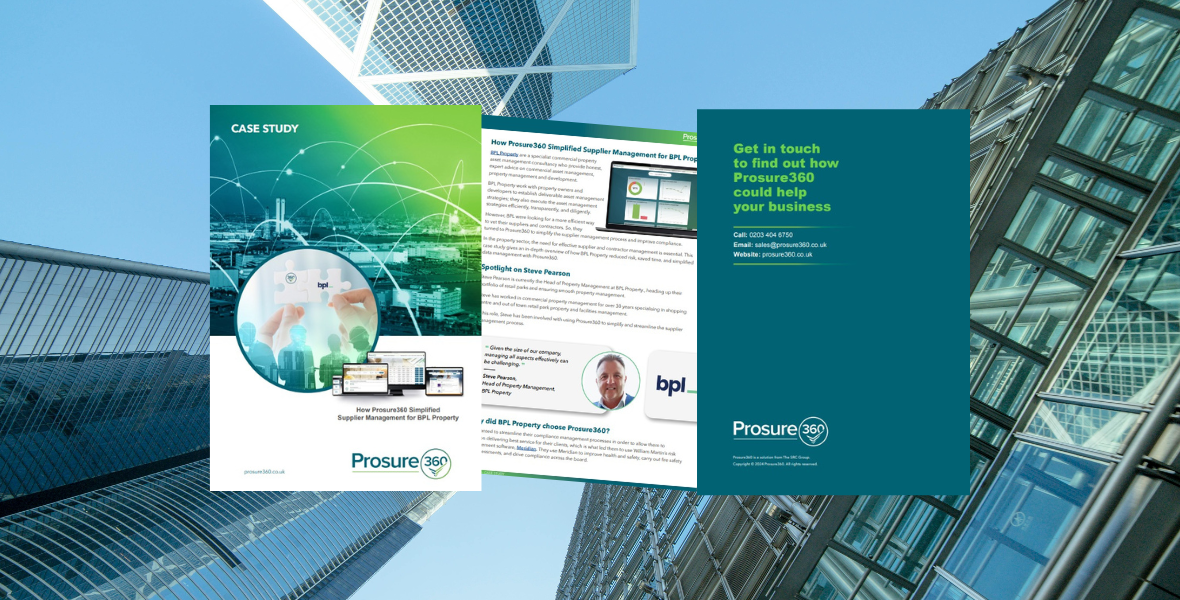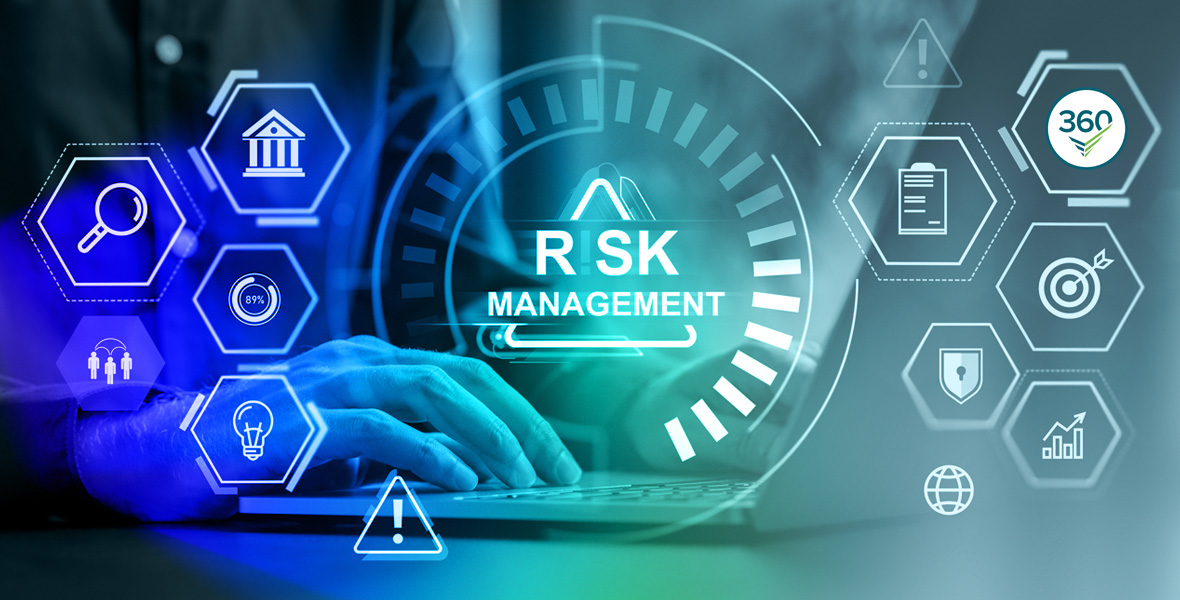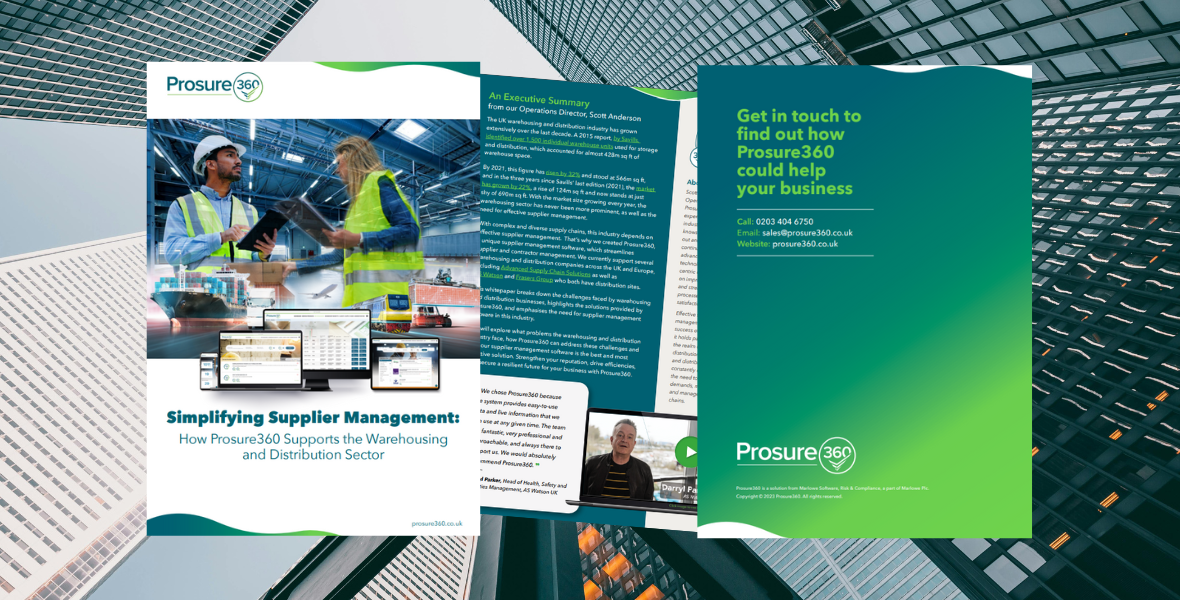October 5, 2022
Tackling climate change is a huge challenge for everyone on the planet. It may have been pushed out of the headlines in recent months due to the terrible situation in Ukraine, and the ongoing challenges post Covid-19, but the threat remains very real, current and deadly serious.
If nothing is done to curb the production of greenhouse gases, the planet is in grave danger. Rises in sea levels, more frequent storms and heatwaves will have a huge impact on billions of people around the world.
The UK government was the first of the major world economies to commit to a Net Zero target, pledging to reach it by 2050. The Scottish government has gone even further and committed to reaching Net Zero by 2045. This is now legally binding, something that all UK businesses, no matter their size, will have to meet. Failure to do this is likely to lead in the short term to hefty fines, but ultimately may mean going out of business.
Doing nothing is not an option. Every organisation needs to create their own road map to ensure they reach the target in time. To do this effectively, they need to understand what Net Zero is, what their responsibilities are and what the benefits are acting early may be.
What is Net Zero?
Net Zero means achieving a balance between the carbon emitted into the atmosphere and the carbon removed from it. This balance will happen when the amount of carbon added to the atmosphere, through activities like the burning of fossil fuels, is no more than the amount removed.
To achieve Net Zero, either less carbon needs to be released into the atmosphere or more needs to be absorbed, stored or captured. This can be done naturally; plants and especially trees absorb carbon dioxide or through technology, much of which has yet to be developed.
Why is too much carbon in the atmosphere a problem?
Carbon dioxide, which is created when oil or natural gas are burnt, is the main greenhouse gas. They are called a greenhouse gases because they trap the heat from the sun, like the glass does in a greenhouse. While this is a useful process and means the earth retains heat, vital for supporting life, having too much carbon dioxide in the atmosphere means the earth heats up too much. Even a rise of just 1 degree centigrade will cause significant changes. If the world does reach Net Zero by 2050, average temperatures are predicted to rise by 1.5 degrees, which will still mean more natural disasters are likely.
What impact will Net Zero have on UK businesses?
Every business will need to find a way to operate sustainably which means the greenhouse gas emissions produced by their activities do not exceed those being removed from the atmosphere.
The emissions attributed to each business fall into the following three categories:
- Emissions produced directly by a company
- Emissions produced indirectly by the generation of electricity and heat a business uses
- Emissions indirectly by a company – through their supply chain
According to research from McKinsey, the supply chain of a typical organisation accounts for more than 80% of their greenhouse gas emissions. This means having full visibility of supply chains and knowing what standards those in your supply chain are working to has never been more important.
Many global organisations such as Ericsson, IKEA and British Airways are already committed to reducing their greenhouse gas emissions. In fact, 60 of the FTSE 1000 have signed up to the UN’s Race to Zero campaign, committing to reaching Net Zero by 2050.
These commitments will extend to their supply chains and be part of the procurement processes. Anyone wanted to work with these organisations will be required to meet the standards they set. Winning new business, will become more and more reliant on demonstrating a clear road map for lowering emissions.
The pressure to change will not just come from large contractors. Consumers are becoming more aware of the issue and changing their buying habits accordingly. More than four in five people say they prefer to buy from brands that take sustainability seriously. Also, most financial institutions are under pressure to act responsibly and ensure they are supporting clients who do not negatively harm the environment. Shareholders too realise the importance of acting now to ensure the long-term success of their investments.
New opportunities for businesses
While change can be difficult and uncomfortable, creating more sustainable business practices brings huge positives. Not only will it help build a better world for and the future, it opens up a world of different opportunities. Acting now and taking a proactive approach has many benefits:
- It can help to win and retain business
- It can help to attract and retain the best talent – a recent survey found more than 70% of people want to work for environmentally sustainable companies
- Producing less waste and seek to increase the amount that is reused can reduce costs
- It can enhance your brand and your reputation
- It can make you better prepared for the unexpected, such as severe weather
- It can drive innovation, forcing you to re-examine your current processes and challenge the organisation to find alternative solutions
Steps for developing your Net Zero road map
If the target of Net Zero is to be reached by 2050, every business decision needs to be made through the lens of the impact it will have on the environment. The following steps will help you to start to develop the road map for your business:
- To effectively plan your road map to a more sustainable future, you must be clear about your stating point. Unless you know how much carbon your business is emitting now, either directly or indirectly, you won’t be able to measure your progress and see the difference you are making. The Carbon Trust has free Carbon Calculator on their website you can use to gauge your current carbon footprint
- Once you have this information, you can begin to put a strategy in place. Help and guidance is available for the UK government and many other organisations. There are also a growing number of expert consultants who can help with this process.
- Include your employees on the journey. They play a hugely important role. Explain to them what the business is doing and how they can help. Ask them for ideas and reward behaviours that support greater sustainability
Review your business and your supply chains. Do you have full visibility over the companies in your supply chain and the standards they are working towards? Finding solutions to improve this is vital for managing your indirectly emissions more effectively.
There is no point in pretending that there are any easy or quick solutions. However, acting decisively and acting now will pay huge dividends for the future success of your business.





